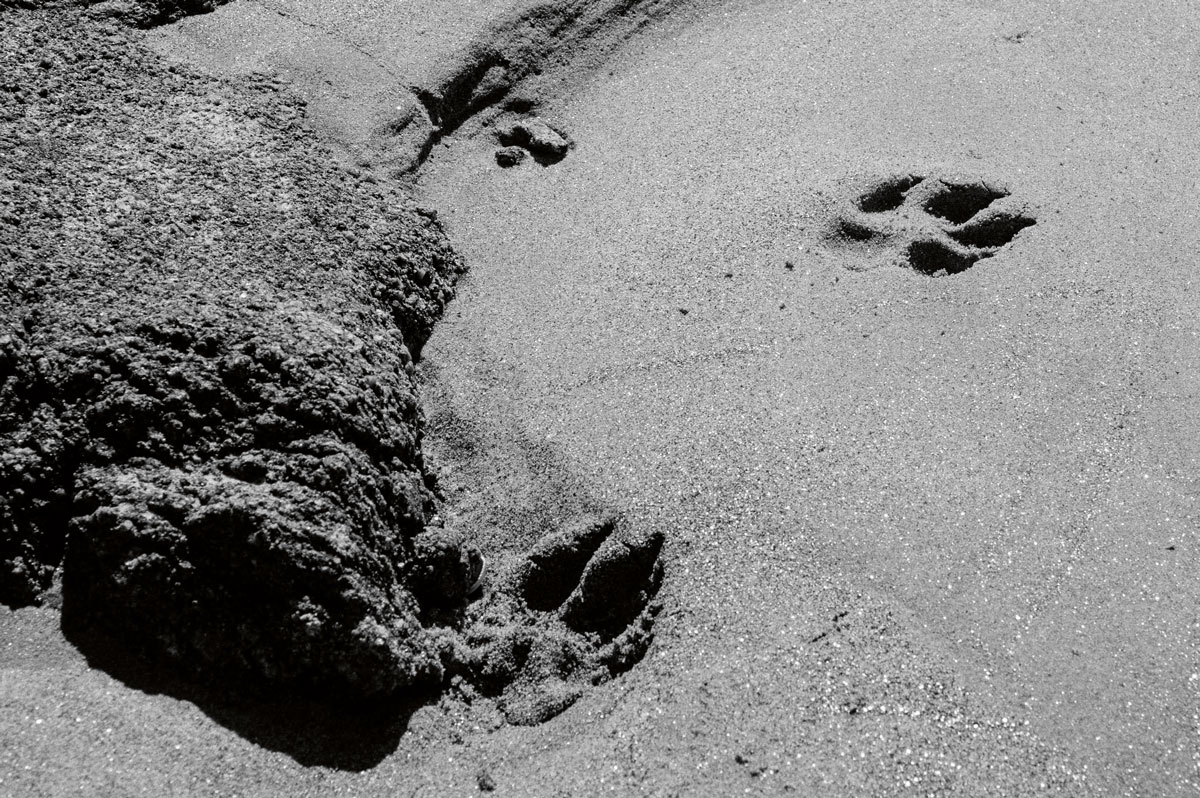
Transmitting information from one mind to another is not just useful, it is vital (taking vital here in the deepest sense of the word, including all its meanings). Animals, from a delicate, tiny tick to the towering blue whales, use a colourful repertoire of communication systems. However, as far as we know, under natural conditions humans are the only beings capable of handling symbol-based communication systems. We are innate conjurers of the intangible, and something had to change in the way our ancestors thought at least 100,000 years ago to achieve this.
Somehow, the ancestors of modern humans discovered how useful arbitrary representations of things can be for storing and transmitting information. This change in thinking, which may seem simple at first, provided us with a formidable skill: the ability to represent any object, idea or action in a simplified way, with no need for it to be happening in front of our eyes. A symbol is a capsule of information that transcends space and time. Since its meaning is arbitrary, the consensus of the community is necessary for the system to work, so the initial spark that catalysed this paradigm shift had to be ignited not only in some biological capacity, but also in culture. And this is where we encounter a complex and therefore fascinating problem: what kind of stimulus could have permeated the minds of our ancestors between 100,000 and 2 million years ago to somehow favour or induce the blossoming of the idea of symbols? The biological system has to be ready to accommodate such a development, of course, and it is very likely that there was a confluence of various elements, but nevertheless, there is still the need for a «trigger» for a mind to be able to grasp the idea of symbols. In no other animal has such a thing happened.
«A symbol is a capsule of information that transcends space and time»
We do not know of any (non-human) animal communication system that uses symbols. They do use other types of signs: most use indices, and some use icons. According to Charles Sanders Peirce’s classification, there are three types of signs: indices, in which there is a direct spatial-temporal relationship between the sign and the object or idea it conveys (smoke is an index of the existence of fire; a weather vane is an index of the direction of the wind); icons, in which there is a relationship of similarity (an onomatopoeia is an icon; a drawing of a bison is an icon of the actual animal); and symbols, in which the relationship between the sign and what it intends to convey is arbitrary. The «index, icon, symbol» transition requires increasing levels of abstraction that do not seem to be within the reach of all nervous systems.
We will probably never know how the idea of symbol emerged in our ancestors, nor which evolutionary pressures led to its emergence, but among the most common ideas there is one that is powerful because of its simplicity and the ability to condense all three types of signs into a single element: the ability to interpret animal footprints. Our ancestors could not afford to ignore the marks left in the mud by herbivores and predators. What kind of sign is a rhinoceros footprint? It is an index of an animal’s presence, it is an iconic representation of its paw, and at the same time it can become a symbolic image for the entire animal. It is not easy to find an element in nature that condenses the transition from indexes to symbols in such an obvious way. Paleolithic humans made that mental journey, perhaps with the inconspicuous help of footprints indicating the presence of predators or the path to food. A whole world condensed into a single footprint.





